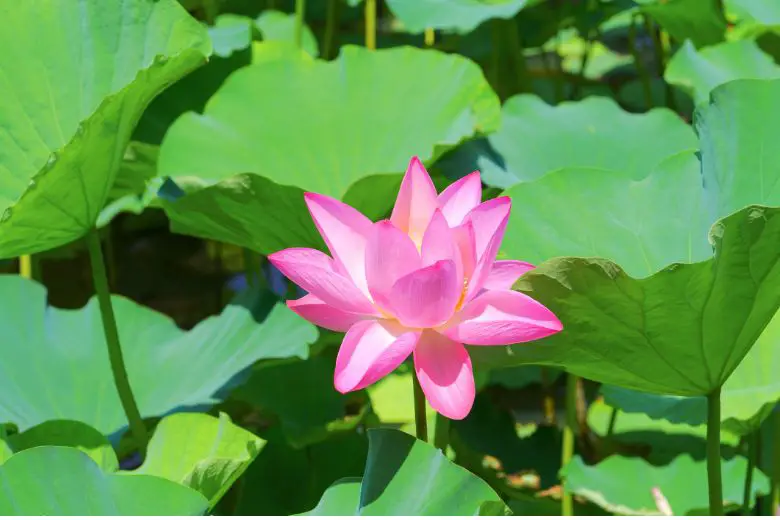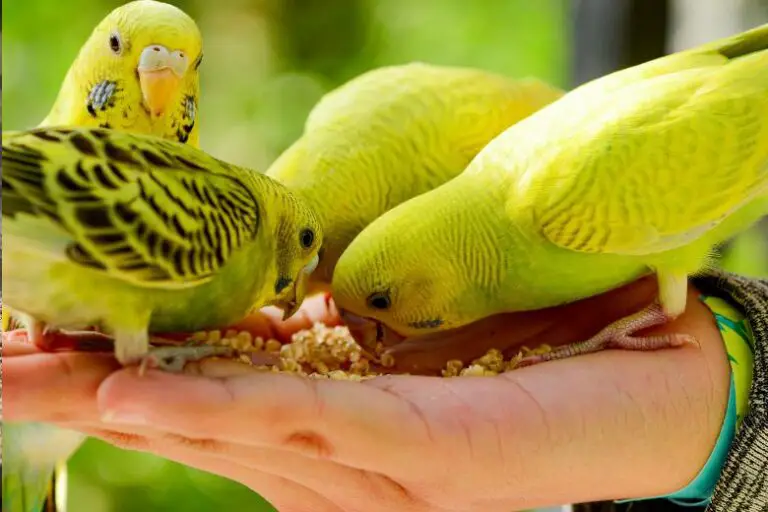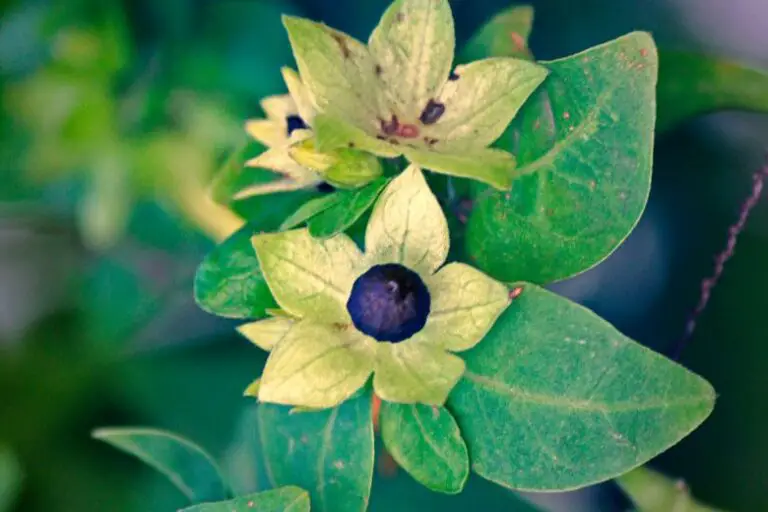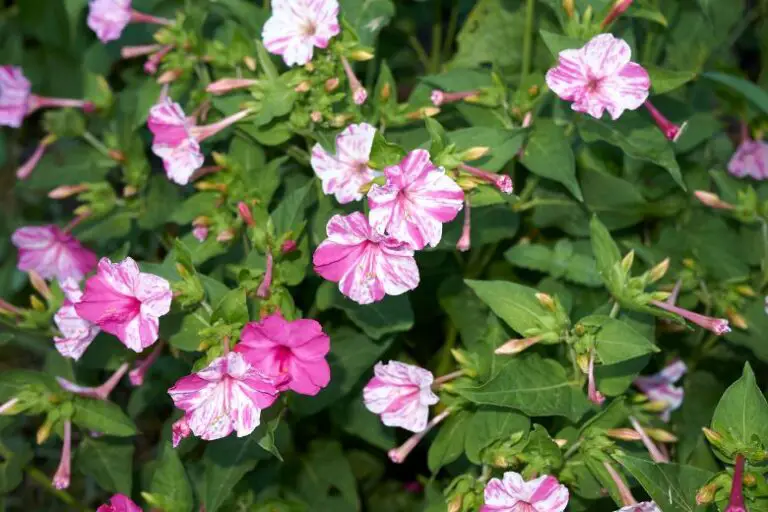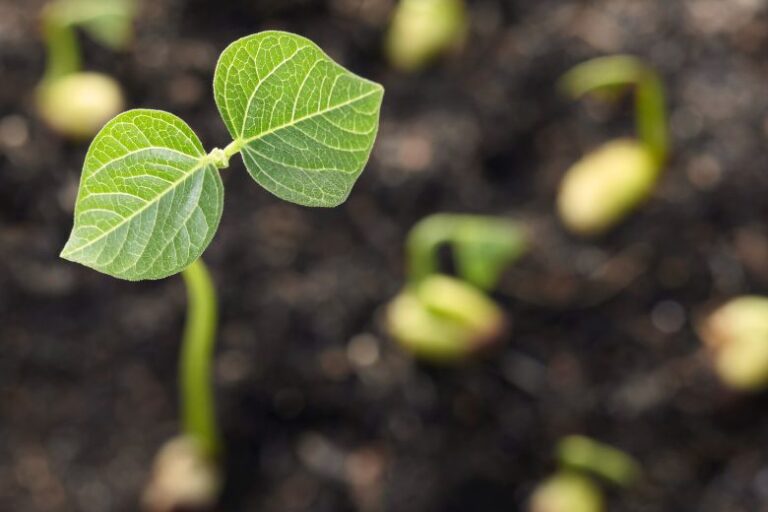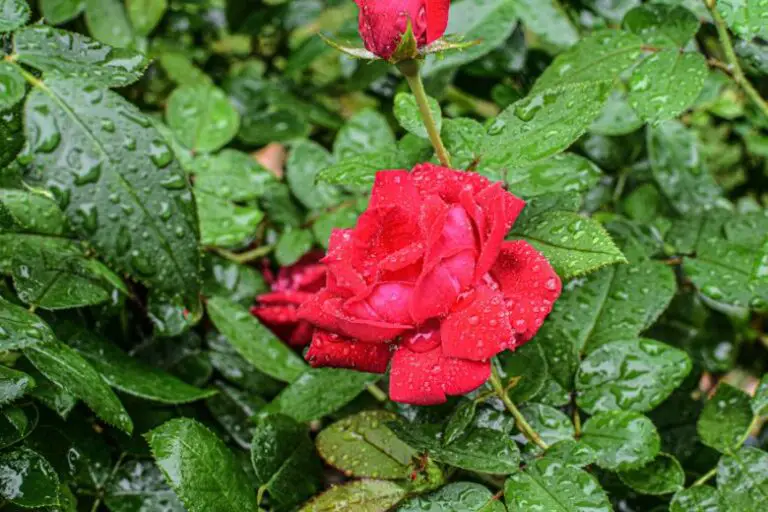How to Grow Water Lilies Indoors: A Comprehensive Guide
Water lilies are beautiful aquatic plants that can bring a touch of serenity and elegance to any indoor space. Growing water lilies indoors allows you to enjoy their vibrant colors and enchanting fragrance throughout the year. In this article, we will provide you with a step-by-step guide on how to successfully grow water lilies indoors, ensuring that your plants thrive in a controlled environment. So, let’s dive in and discover the secrets to cultivating these stunning aquatic flowers in your home.
Benefits of Growing Water Lilies Indoors
Growing water lilies indoors comes with several advantages. Firstly, it allows you to create a stunning display of nature’s beauty within the comfort of your home. The vibrant colors and soothing fragrance of water lilies can enhance the ambiance of any room. Secondly, indoor cultivation provides better control over environmental factors such as temperature and light, ensuring optimal growth conditions for the plants. Lastly, growing water lilies indoors allows you to protect them from harsh weather conditions and potential pests.
Selecting the Right Water Lily Varieties
When choosing water lilies for indoor cultivation, consider varieties that are suitable for small or medium-sized containers. Compact or miniature water lily cultivars are often ideal for indoor gardens, as they have smaller leaves and flowers that fit well within limited spaces. Some popular indoor water lily varieties include ‘Helvola,’ ‘Joey Tomocik,’ and ‘Perry’s Baby Red.’
Setting up an Indoor Water Lily Garden
Before diving into the planting process, you need to set up the perfect environment for your indoor water lily garden. Select a location that receives ample sunlight, such as a south-facing window or a room with skylights. Ensure that the temperature remains consistent and doesn’t drop below 60°F (15°C). It’s essential to choose a container that is at least 12 inches (30 cm) deep to accommodate the water lily’s rhizomes and roots.
Choosing the Ideal Container and Soil
When selecting a container for your water lilies, opt for wide and shallow options to allow ample space for the plants to spread their leaves and flowers. Use a plastic or fiberglass container specifically designed for water gardening. Line the bottom of the container with a layer of clay or loam soil mixed with a small amount of compost. Avoid using garden soil, as it may contain harmful pests or diseases.
Providing Adequate Light and Temperature
Water lilies require abundant sunlight to thrive. Place your indoor garden near a window that receives at least six hours of direct sunlight per day. If natural light is limited, you can supplement it with artificial grow lights designed for aquatic plants. Maintain a stable temperature between 70-80°F (21-27°C) during the day and avoid exposing the plants to drafts or extreme temperature fluctuations.
Watering and Fertilizing Water Lilies
Water lilies are aquatic plants, so they need to be constantly submerged in water. Fill your container with water, leaving about 4-6 inches (10-15 cm) between the surface and the rim. Ensure that the water is free of chlorine, as it can harm the plants. Regularly top up the water to compensate for evaporation. Fertilize your water lilies every two to three weeks during the growing season using a specialized aquatic plant fertilizer.
Preventing Pest and Disease Issues
While water lilies are generally resistant to pests and diseases, some issues may arise. To prevent mosquito larvae, which can be a common problem in standing water, introduce mosquito fish or use a safe biological larvicide. Keep an eye out for signs of fungal or bacterial infections, such as discolored leaves or rotting rhizomes. If detected, promptly remove the affected parts and consider using an appropriate aquatic plant fungicide.
Pruning and Maintenance
Regular pruning is essential to maintain the health and appearance of your indoor water lilies. Remove any dead or yellowing leaves by cutting them close to the base. Trim the flowers after they wilt to encourage new blooms. If your water lilies become too large for their container, consider dividing them and repotting them into larger containers to ensure continued growth and vitality.
Propagating Water Lilies
Propagating water lilies is a rewarding process that allows you to expand your collection. The most common method of propagation is through rhizome division. Carefully lift the plant from its container, gently separate the rhizomes, and replant them in individual containers or share them with fellow water garden enthusiasts. Ensure that each rhizome has healthy roots and shoots to guarantee successful growth.
Common Mistakes to Avoid
While growing water lilies indoors is a relatively straightforward process, it’s important to avoid common mistakes that could hinder their growth. Some common errors to avoid include overwatering, using unsuitable containers or soil, insufficient lighting, and neglecting regular maintenance. By being mindful of these potential pitfalls, you can ensure the long-term success of your indoor water lily garden.
Troubleshooting Guide
In case you encounter any issues while growing water lilies indoors, refer to this troubleshooting guide to identify and address the problem. It covers common issues such as yellowing leaves, lack of blooms, algae growth, and pest infestations, providing practical solutions to overcome these challenges and restore the health and beauty of your water lilies.
Frequently Asked Questions (FAQs)
Q: Can water lilies be grown in small containers?
A: Yes, compact and miniature varieties are well-suited for small containers.
Q: How often should water lilies be fertilized?
A: Fertilize water lilies every two to three weeks during the growing season.
Q: Can water lilies survive in low-light conditions?
A: While they prefer abundant sunlight, water lilies can adapt to lower light levels with supplemental grow lights.
Q: Can I grow water lilies indoors without a pond?
A: Yes, water lilies can thrive in containers without the need for a pond.
Q: How do I prevent algae growth in my indoor water lily garden?
A: Maintain proper water circulation and avoid overfeeding the plants to minimize algae growth.
Conclusion
Growing water lilies indoors is a delightful and rewarding experience that allows you to bring the beauty of these aquatic flowers into your home. By following the steps outlined in this guide, selecting suitable varieties, providing adequate care, and avoiding common mistakes, you can create a stunning indoor water lily garden that brings tranquility and natural elegance to your living space.

